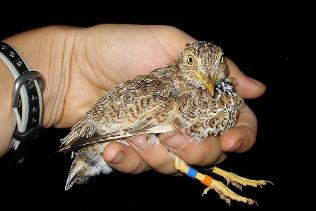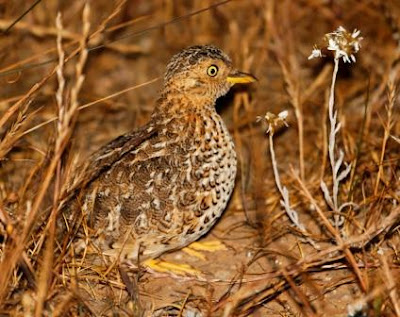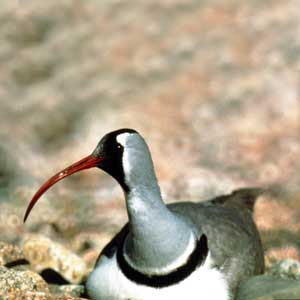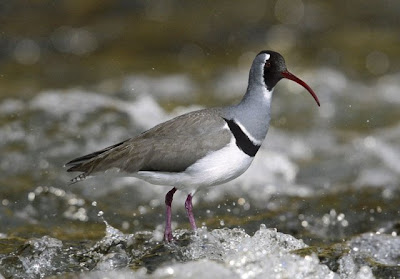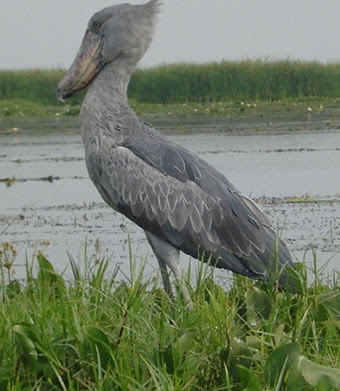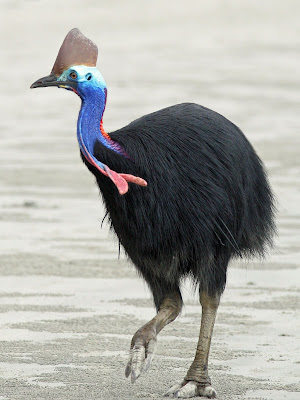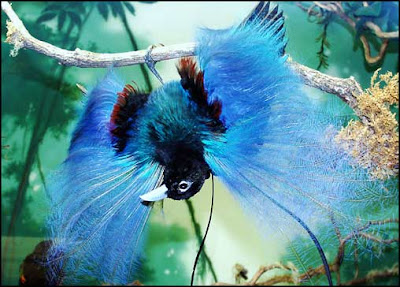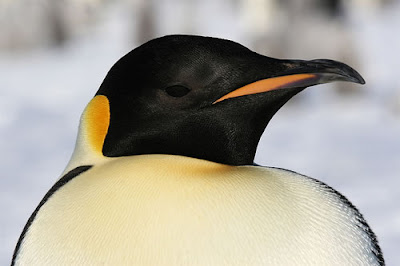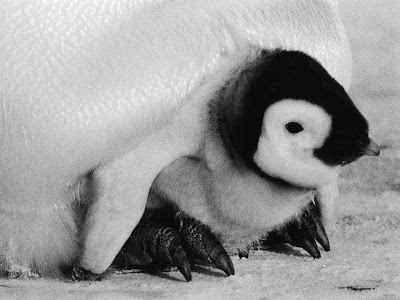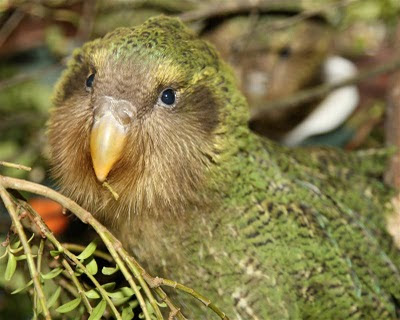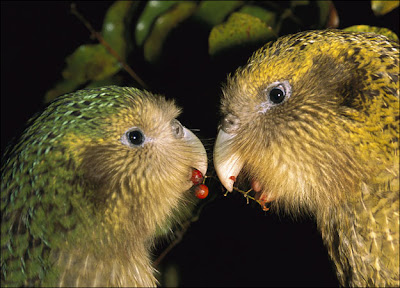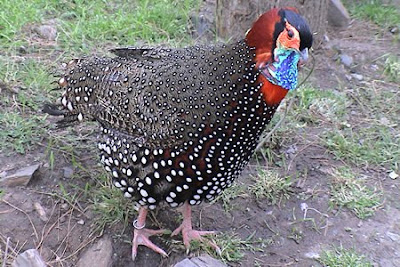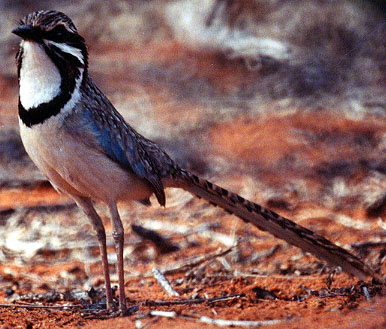Kiwi Birds Facts - Information :
Kiwi birds are flightless birds endemic to New Zealand, in the genus Apteryx and family Apterygidae.
At around the size of a domestic chicken, kiwi birds are by far the smallest living ratites and lay the largest egg in relation to their body size of any species of bird in the world. There are five recognized species, all of which are endangered; all species have been adversely affected by historic deforestation but currently large areas of their forest habitat are well protected in reserves and national parks. At present, the greatest threat to their survival is predation by invasive mammalian predators.
The kiwi bird is a national symbol of New Zealand, and the association is so strong that the term Kiwi is used all over the world as the colloquial demonym for New Zealanders.
Kiwi Birds Interesting Facts :
Kiwi birds are extremely unique in the bird world. Though they are the size of chickens, they lay eggs the size of ostrich eggs, weighing around a pound each. Their enormous eggs are the largest in the bird world, in proportion to their bodies. These birds were named after their distinctive shrill cry "kee-wee kee-wee".
Kiwi Bird s Habitat :
The kiwi bird is native of New Zealand. It is the island country's national bird, and is rare anywhere but here and a few pacific island neighbors. Of course, it is available for viewing at certain zoos, including the San Diego Zoo. It has stayed in its native land due to the facts that it is an isolated island and that kiwis can't fly.
Cute Kiwi Birds Pictures :

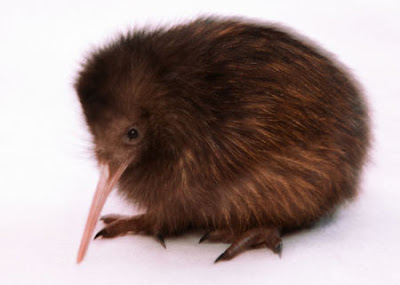

Kiwi birds sizes :
The New Zealand Kiwi birds looks almost real in this beautiful replica of our iconic flightless Kiwi.
Made with artificial fur, this little Kiwi bird isn't endangered, but it's nice to have a model of him on the desk or mantelpiece.
New Zealand's flightless Kiwi birds are an endangered species, as introduced pests ( stoats, possums, weasels, dogs, cats) kill Kiwis or damage their habitat. Several organisations are working to save the Kiwi.
Kiwi birds comes in four sizes:
Large - approximately 11cm (4 1/4" ) tall
Medium - approximately 7.5cm (3") tall
Small - approximately 5cm (2") tall
Extra-Small - approx 4 cm (1 1/2") tall
Read more Kiwi Facts & information at
Wikipedia.com
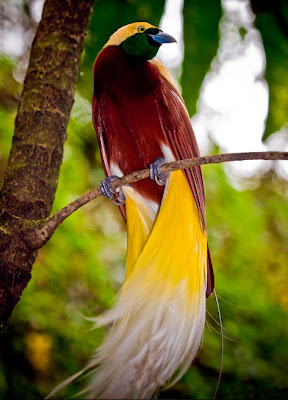 Lesser Bird of Paradise
Lesser Bird of Paradise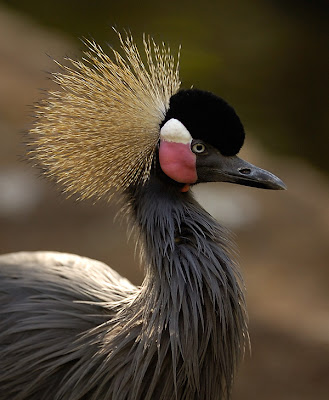 African Crowned Crane bird
African Crowned Crane bird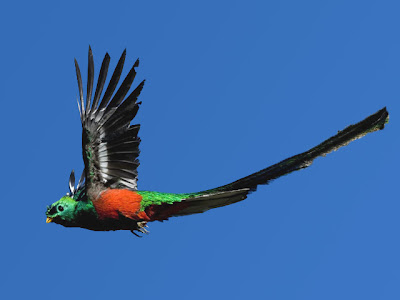 Quetzal guatamala bird
Quetzal guatamala bird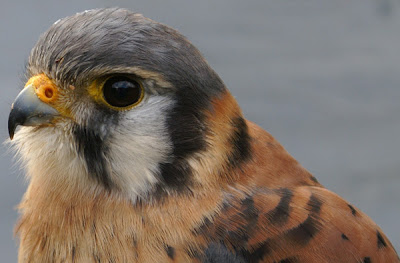 American kestrel bird
American kestrel bird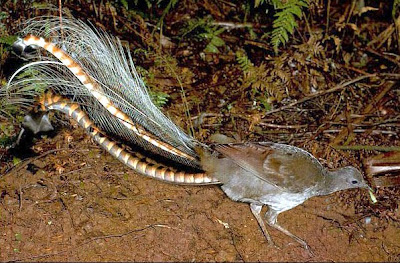 Australian lyre bird
Australian lyre bird Puffin Bird
Puffin Bird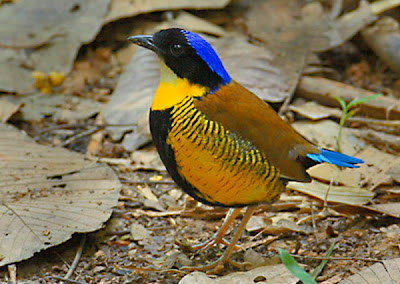 Bird Gurney pitta
Bird Gurney pitta White Pelican bird
White Pelican bird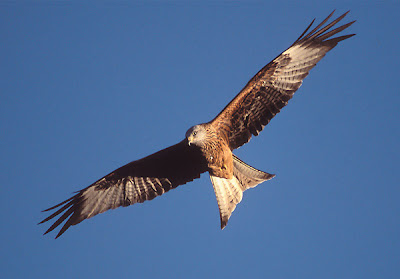 Red kite Bird
Red kite Bird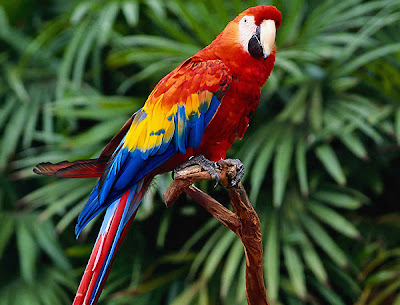 Parrot bird
Parrot bird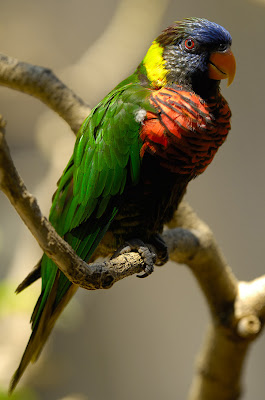 Lorikeet bird
Lorikeet bird Cardinal bird red
Cardinal bird red Lesser Bird of Paradise
Lesser Bird of Paradise African Crowned Crane bird
African Crowned Crane bird Quetzal guatamala bird
Quetzal guatamala bird American kestrel bird
American kestrel bird Australian lyre bird
Australian lyre bird Puffin Bird
Puffin Bird Bird Gurney pitta
Bird Gurney pitta White Pelican bird
White Pelican bird Red kite Bird
Red kite Bird Parrot bird
Parrot bird Lorikeet bird
Lorikeet bird Cardinal bird red
Cardinal bird red